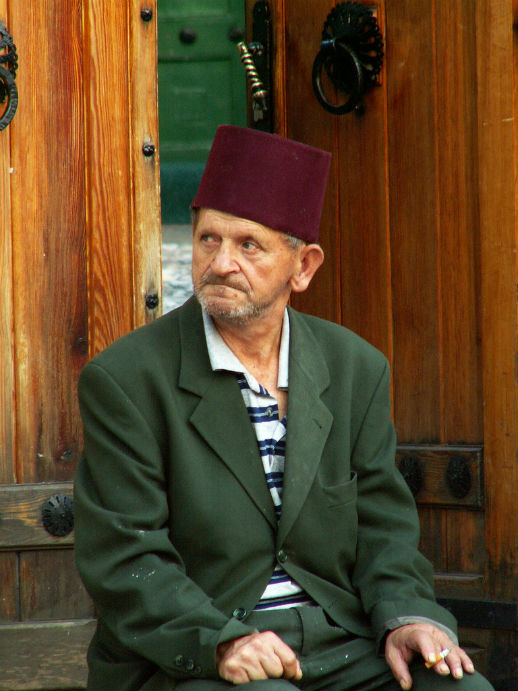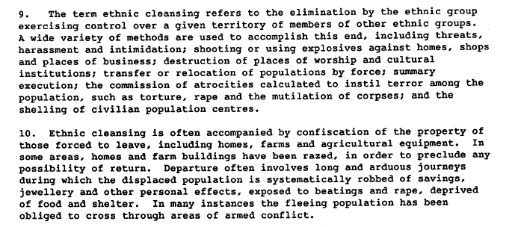
The International Criminal Tribunal for the former Yugoslavia helped to define ethnic cleansing as it grappled with the atrocities in Bosnia and other former Yugoslav republics.
Flicker / jaime.silva / Creative Commons
BACK TO MAIN ARTICLE
Ethnic cleansing is a recent concept in international criminal law. At first, the term was mainly a discussion among scholars, not a judgment by courts of law or a definition by legal instruments, treaties or covenants. During the 1990s, the International Criminal Tribunal for Rwanda, and the International Criminal Tribunal for the former Yugoslavia, debated the subject with purpose.
It is a complex concept. The difficulty arises partly from the fact it has elements that can easily be categorized under other crimes, particularly crimes of genocide. As rightly noted by Andrew Bell-Fialkoff: “Ethnic cleansing at one end is virtually indistinguishable from forced emigration and population exchange, while at the other it merges with deportation and genocide. At the most general level, however, ethnic cleansing can be understood as the expulsion of an ‘undesirable’ population from a given territory due to religious or ethnic discrimination, political, strategic or ideological considerations, or a combination of these.” According to a United Nations Commission of Experts, ethnic cleansing is “a purposeful policy designed by one ethnic or religious group to remove by violent and terror-inspiring means the civilian population of another ethnic or religious group from certain geographic areas.” In its 1992 Resolution, the UN General Assembly declared “ethnic cleansing as a form of genocide.” The International Criminal Court Statute incorporates elements of ethnic cleansing under genocide, crimes against humanity and war crimes.
Put simply, ethnic cleansing is forcing out a competitor or those who differ in race, ethnicity or religion from a given area by employing different unlawful means, the known ones being
- Murder
- Destruction of property
- Torture
- Arbitrary arrest and detention
- Confinement of civilian population in ghetto areas
- Forcible removal
- Displacement and deportation of civilian population
- Extra-judicial executions
- Rape
- Deliberate military or other organized attacks, or threats of attacks, on civilians
- Genocide
In analyzing the attacks on the Bosnian town of Kozarac (in the case of Prosecutor v. Tadic) the Trial Chamber of the International Criminal Tribunal for former Yugoslavia saw ethnic cleansing as the act or the process of “rounding up and driving out of the area on foot the entire non-Serb population. During the course of the ethnic cleansing of Kozarac, many more civilians were beaten, robbed and murdered.”
In Prosecutor v. Plasvic, the Court said ethnic cleansing could also include “ethnic separation by force,” and can be committed by “forcible transfer.”
In a 1992 report on conditions in the former Yugoslavia, the U.N. Special Rapporteur of the Commission on Human Rights defined ethnic cleansing:
